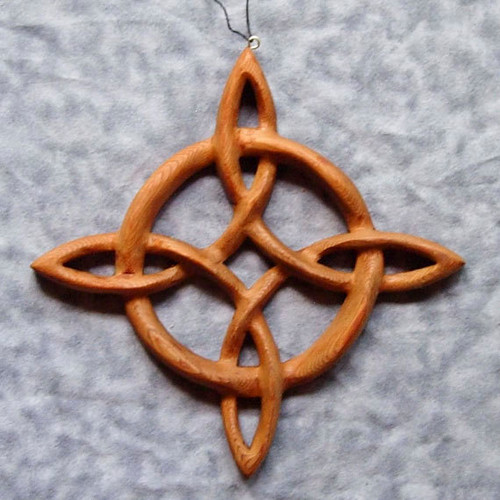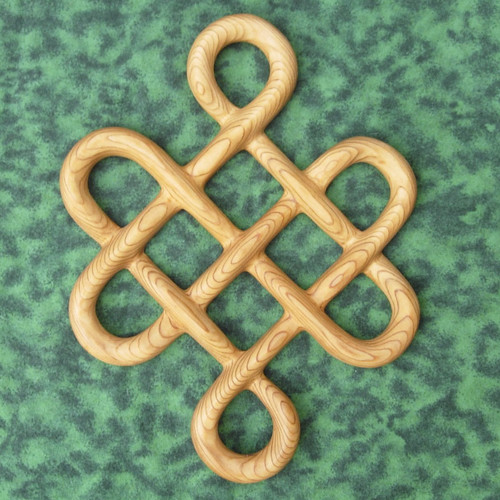MEANING: The carpenter’s square and a set of compasses joined together is the most identifiable symbol of Freemasonry. Both tools are Architect tools (of the medieval Operative stonemason) that are used in in the first three degrees of Masonic ritual as emblems to teach symbolic lessons. Today’s Speculative masons (meaning philosophical rather than actual building), use this symbolism to teach moral and ethical lessons, such as the four cardinal virtues of Fortitude, Prudence, Temperance, and Justice, and the principles of "Brotherly Love, Relief (or Morality), and Truth" (commonly found in English language rituals).
The compass and the square represents movement towards perfection and a balance between spiritual (compass) and physical (square). This is the simplest meaning...as with any ancient symbol different groups (Lodges in this case) can develop different meanings or ways of expressing the meaning. While some Lodges don’t have the “G” in the Compass and Square, many English speaking countries do depicted this symbol with the letter "G" in the center.The letter has multiple meanings, representing different words depending on the context in which it is discussed. The most common is that the "G" stands for God, and is to remind Masons that God is at the center of Freemasonry. In this context it can also stand for Great Architect of the Universe or the Grand Geometrician of the Universe (a non-denominational reference to God). In a different context, the letter stands for Geometry, described as being the "noblest of sciences", and "the basis upon which the superstructure of Freemasonry is erected.”
The Compass and Square symbol is used primarily by the Blue, or Craft Lodges where initiates go through the first three degrees of Freemasonry, and the Master Mason.
This symbol is perfect for home or lodge decoration for the Mason in your life.
THE CARVING: Our carvings are single pieces of western red cedar, designed and carved to be wall hangings. Each carving begins as a 1 X 12 inch cedar board. While we use power tools (Scroll Saw, Rotary shaft Tool, handheld detail sanders etc.), we use no laser’s, CNC machines or computer operated cutting machines. All work is done with our hands and eyes…
We cut the 2 dimensional blanks with scroll and jig saws (double-sized custom orders have to be cut with jigsaw). Carving is done with rotary shaft tools and disc grinders. The 80 grit sanding is the final phase of the carving process, removing the nicks and gouges from the carving tools, and finishes the shaping of the weave. The next 2 sandings with 120 then 220 grit finishes the smoothing and polishing. They are finished with Clear Danish Oil to seal the piece, bringing out the grain and the color.
SIZE: One picture has the piece on a quilting board, lined up on the 1 inch marks. The quilting board, at its simplest, is a one inch grid. So with the piece on the board, you look at the top and follow the line to the left and look at the right side at the widest point and follow the line to the bottom and you have height by width...but wait! It's not that easy! The way this board I have is laid out, if I lined it up on the zero points it would cover up the numbers and on some pieces you wouldn't be able to see them...so, I line it up on the 1 inch marks which means when you get the numbers, you have to subtract 1 inch... TA DA! Measurements may vary slightly from piece to piece.














